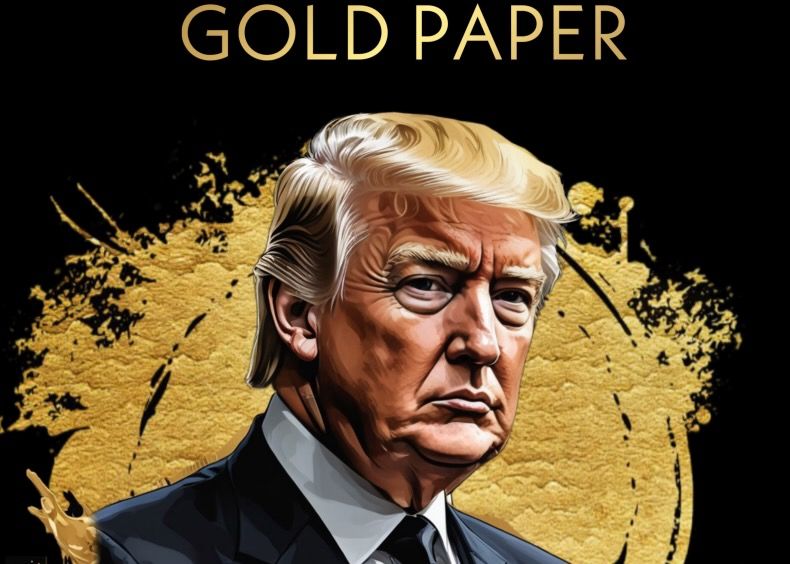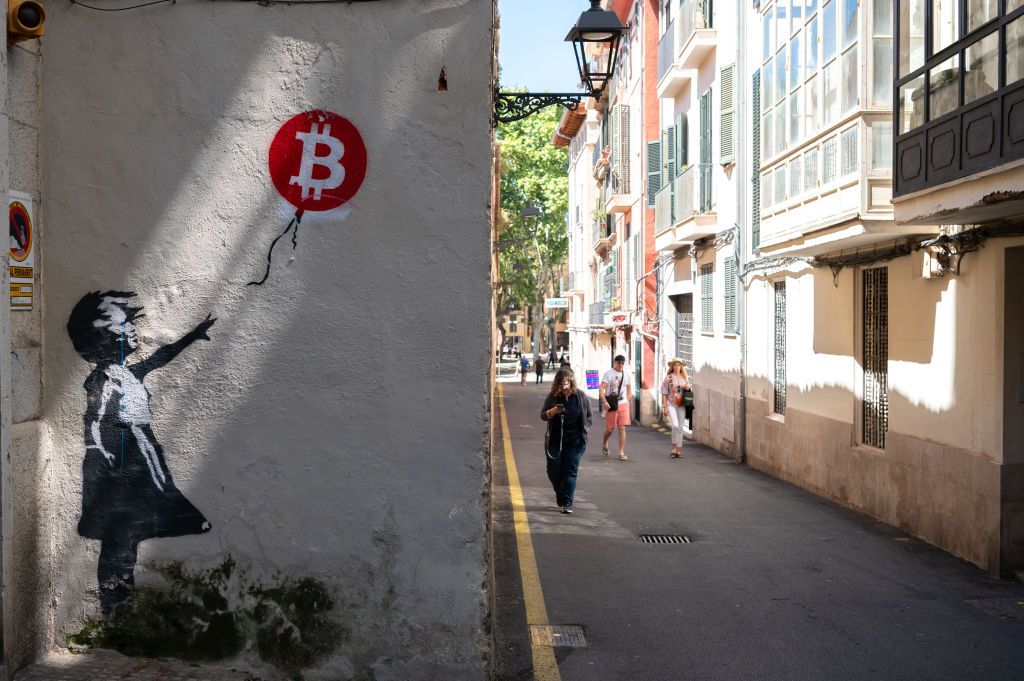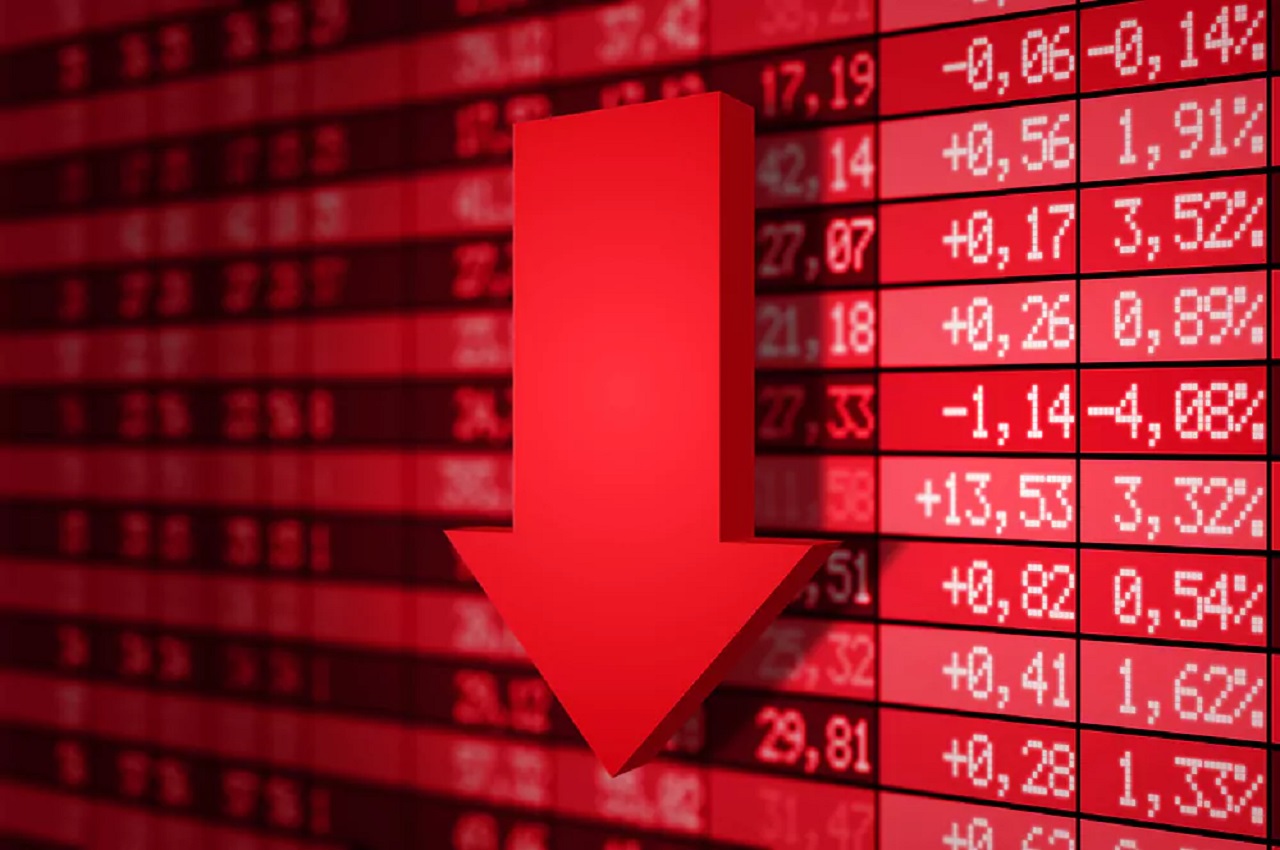After being starved for good news for over a year, the crypto market was buoyed last week by spot bitcoin ETF filings by BlackRock, Invesco and WisdomTree.
While crypto traders responded positively, pushing bitcoin (BTC) higher by more than 20% in the past eight days, they may want to be vigilant because some traditional market indicators hint at risk aversion ahead.
One of the lessons of the past three years is that digital assets do not remain disconnected from traditional finance (TradFi) for long, and a notable decline in stocks and risk assets often roils sentiment in the crypto market. To see where those stand, take a look at the Cboe Volatility Index (VIX), also known as Wall Street’s “fear gauge,” and the futures tied to it.
The spread between the most expensive VIX futures contract and the index itself has widened to levels that have historically marked major tops in the S&P 500 benchmark equity index, which is also a bellwether for risk assets worldwide, including cryptocurrencies.
“We are seeing a really high spread now, which is a sign of a top for prices,” Tom McClellan, a technical analyst and editor of The McClellan Market Report, tweeted Thursday.
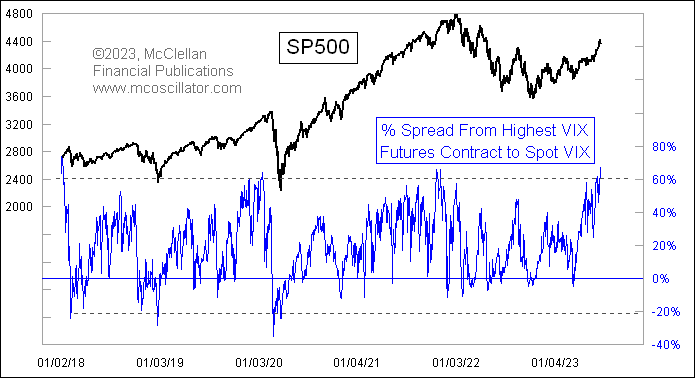
The spread between the VIX futures contract with the highest price and the VIX index has reached extremes. (McClellan) (McClellan)
The above-60% reading, a result of the VIX falling a little too far below the futures contracts, suggests extreme optimism among stock traders, often observed at market tops. A similar reading was seen in early January 2022, just before stocks began descending from record highs.
The indicator also caught the eye of trader and analyst James Choi, who has been bullish on bitcoin and technology stocks since January.
According to Choi, the recent widening of the junk bond spreads along with declines in oil and traditional inflation hedges like gold and silver suggest a deflationary bust ahead (a major risk-off event).
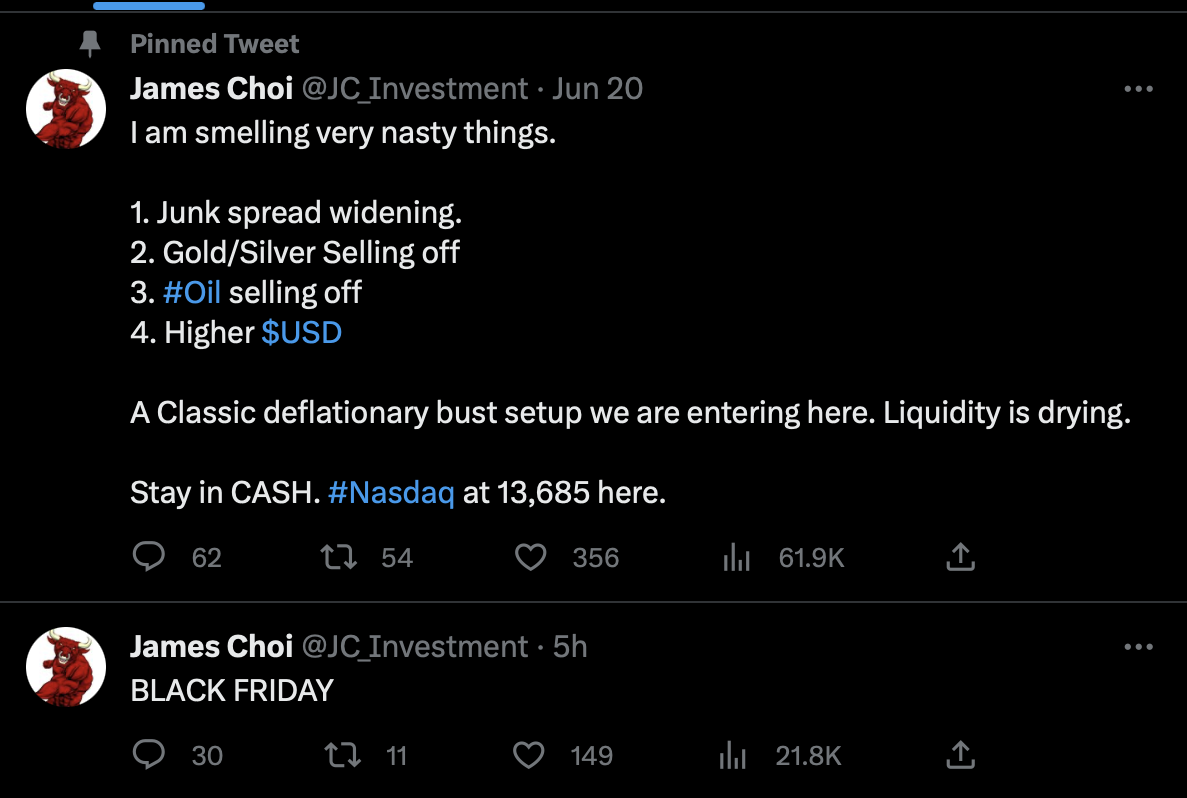
Choi is expecting a major risk-off event. (James Choi)
Junk bond spread refers to the difference between the yields on high-risk, high-return bonds and the safer U.S. Treasurys. The widening spread indicates that investors are demanding larger premium to invest in riskier debt.
Both Choi and Sven Henrich, founder and chief market strategist at NorthmanTrader, say U.S. dollar liquidity is being sucked out of the system. That’s bearish for bitcoin, which is a heavily influenced by changes in the fiat liquidity, and other risk assets.
Bitcoin rallied along with stocks early this year as the U.S. Treasury’s decision to use its cash balance after the government hit the debt limit improved liquidity conditions.
The leading cryptocurrency by market value was changing hands at $30,070 at press time, according to CoinDesk data.





